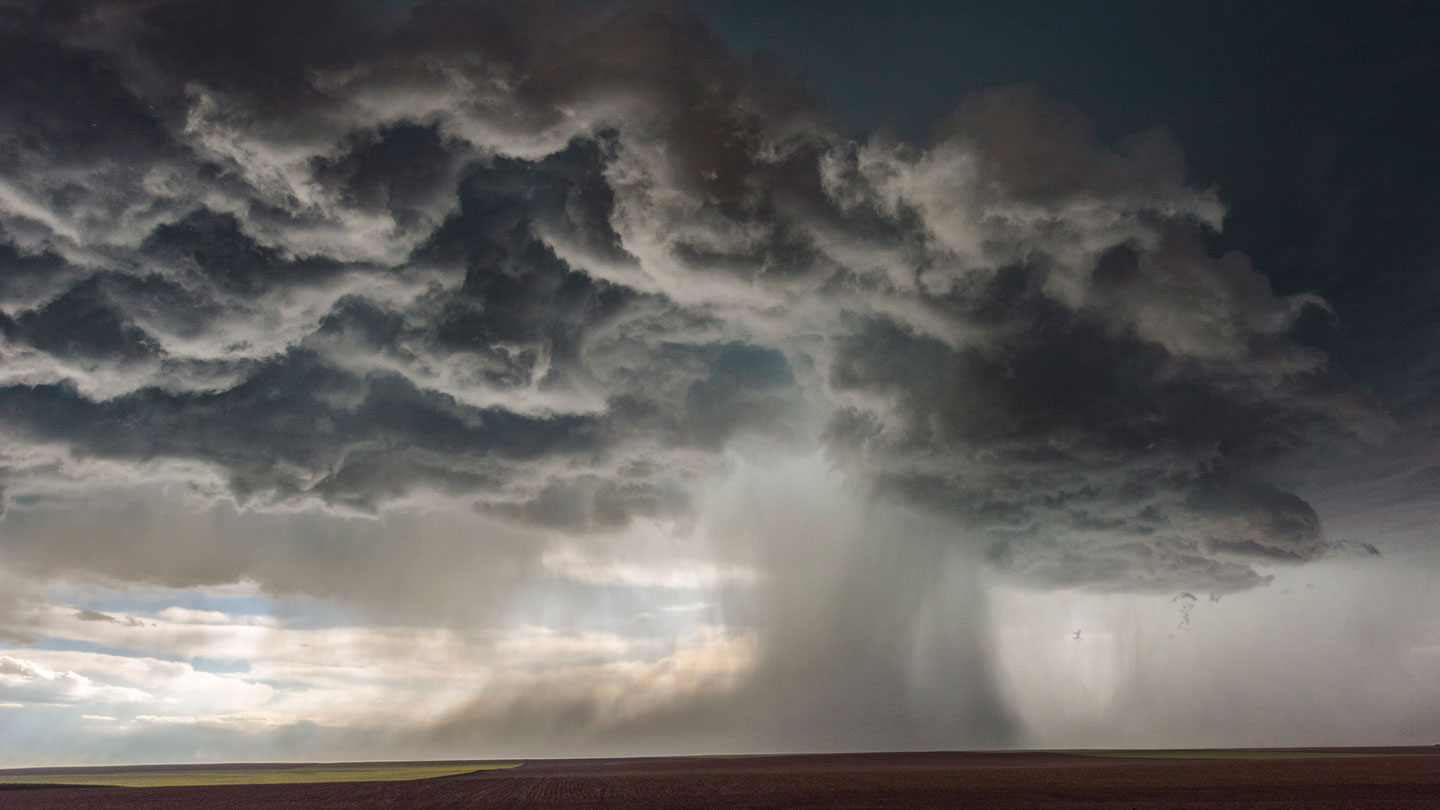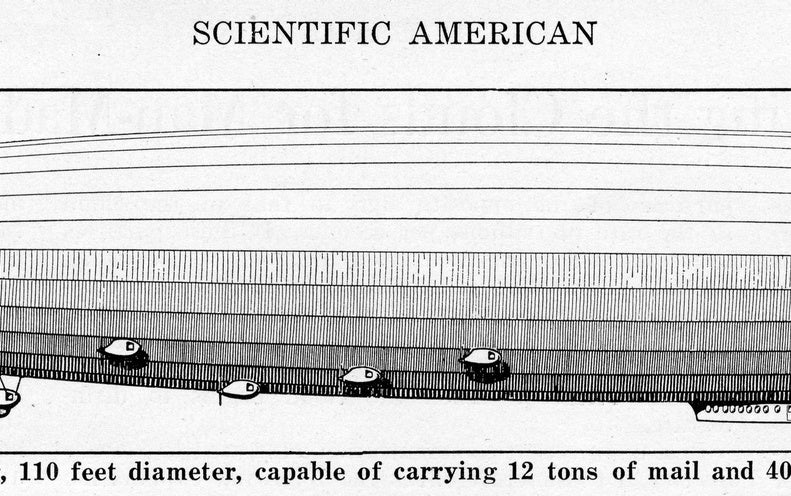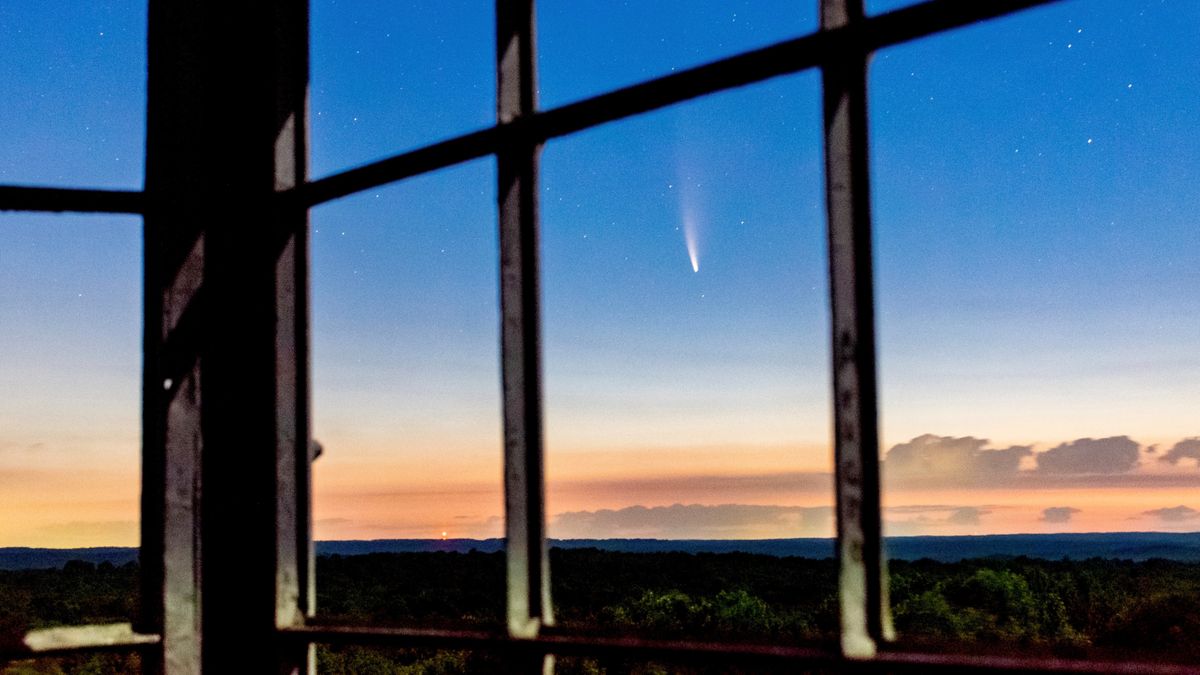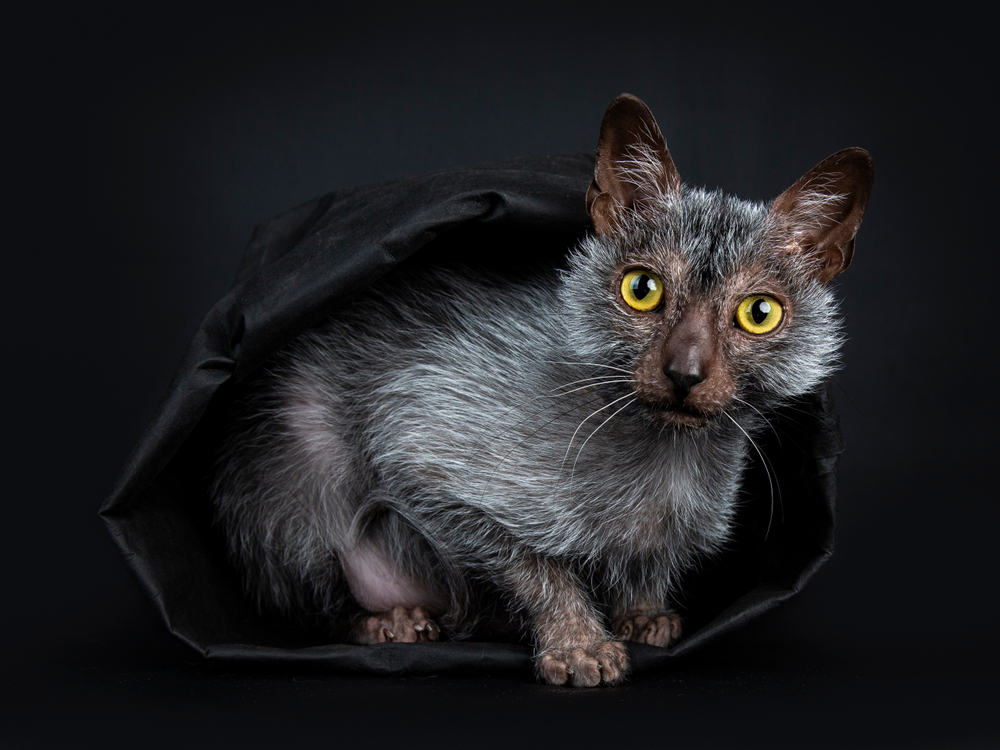
India’s Vikram lander on the surface of the moon
ISRO
India’s groundbreaking lunar exploration mission Chandrayaan-3 is officially over, with both the rover and lander entering “sleep mode” and preparing for sunset and freezing conditions that could destroy their electronic components. But engineers from the Indian Space Research Organisation (ISRO) are confident that the rover will boot up once more when the sun rises on the moon in two weeks’ time.
The mission gently touched down its Vikram lander near the moon’s south pole on 23 August, making India the first country to explore the region. A six-wheeled rover called Pragyan, which weighs just 26 kilograms, rolled on to the surface and the two solar-powered craft had a single period of daylight – around 14 Earth days – to carry out experiments.
Chandrayaan-3 quickly began providing new scientific data from its numerous instruments, including devices on the lander called ChaSTE, which sampled the temperature of the moon dust below the surface, and ILSA, which recorded seismic activity.
The Vikram lander also made a second soft touchdown on the moon in a “hop” experiment, ISRO announced in a tweet today. Engineers on Earth instructed it to fire its engines, lift off to a height of 40 centimetres and move 30 to 40 centimetres laterally before softly landing again. A video of the test shows the tracks left by the rover quickly being obscured by a cloud of moon dust as the engines fire, then appearing slightly further away once the lander had touched down, cut its engines and allowed the dust to settle.
ISRO said that the test “enthuses future sample return and human missions”, both of which would require not only a soft landing, but also a subsequent take-off for return to Earth. After the successful hop, the lander redeployed the ramp for the rover and restarted its scientific payloads ChaSTE and ILSA for more measurements in the fresh location.
On 2 September, ISRO announced that the Pragyan rover had covered a distance of 100 metres, having had to adjust course to avoid a crater on its way. Just 8 hours later, it said that the Chandrayaan-3 mission was complete and that the hardware had entered “sleep mode” ahead of sunset, which is expected to bring temperatures as low as -238°C (-394°F). The scientific payloads were switched off, with all data having been transmitted back to Earth via the lander, and its solar panel was oriented into the best position to start producing power at the next sunrise, which is expected on 22 September.
ISRO didn’t respond to a request for interview, but said in a tweet: “Hoping for a successful awakening for another set of assignments! Else, it will forever stay there as India’s lunar ambassador.”
On 4 September, the organisation announced that the lander – which was some 100 metres from the then-inactive rover – had also entered sleep mode, bringing all operations on the moon to a halt. Both the rover and lander are designed to harvest solar power when available, boot up and resume transmission with Earth, providing their hardware isn’t damaged by the cold.
Although the mission was officially only meant to last a lunar day, there is optimism that the hardware will re-awaken. Mission operations director M. Srikanth told the Times of India at the beginning of the project that engineers were “confident” the rover and lander will revive after the lunar night.
“So far, all margins are looking good and we are confident of the lander and rover coming back to life when night ends. If that happens, that will be a bonus and in case that cannot be achieved, the mission is still complete,” said Srikanth.
Topics:














